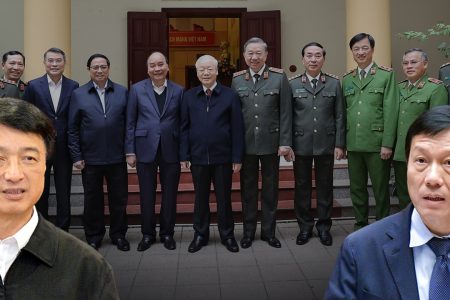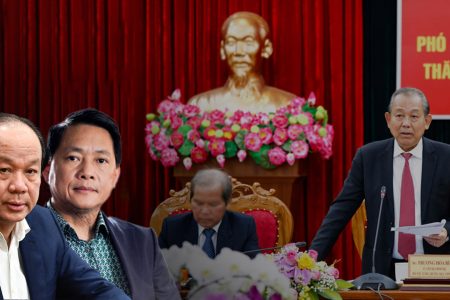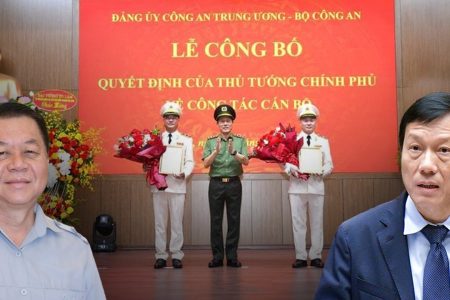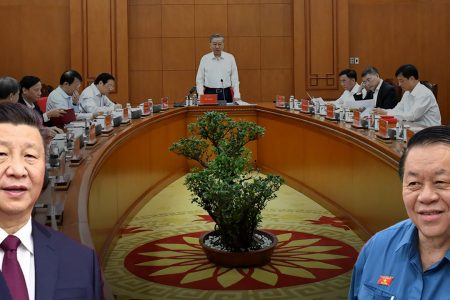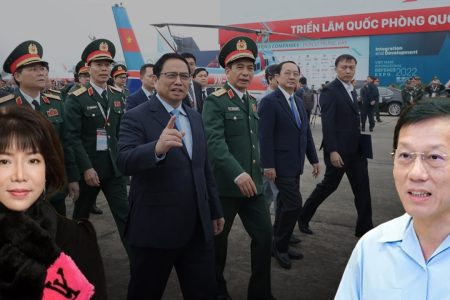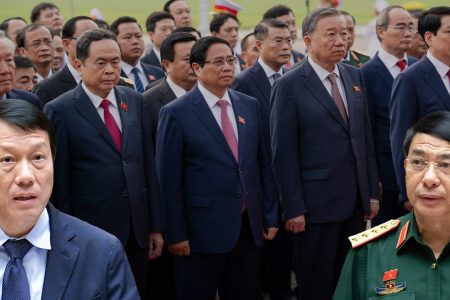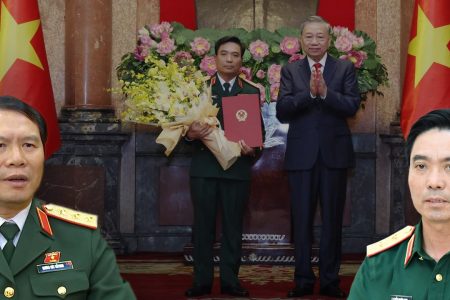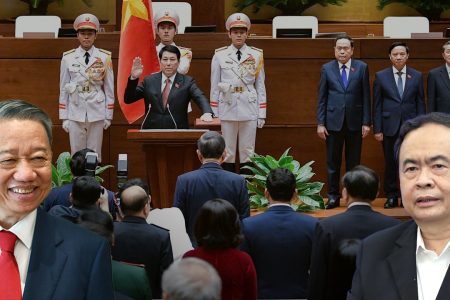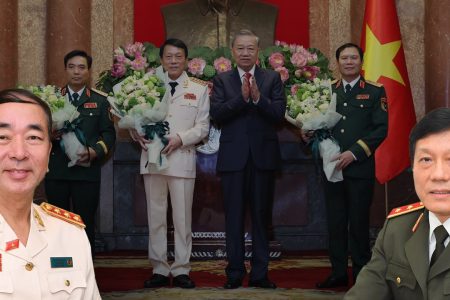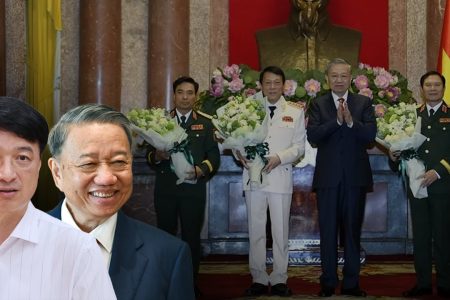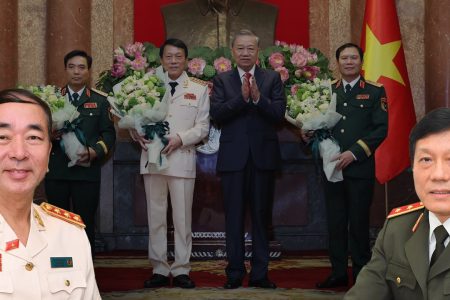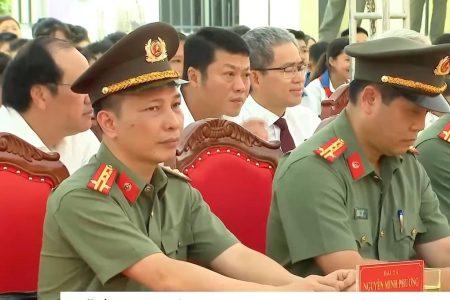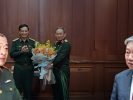
On Feb17 every year- the first day of China’s invasion of Vietnam’s northernmost region which lasted ten years (1979-1989), Vietnamese people are aching with the question: who remembers, who forgets?
Like every year, on this day, independent civil society organizations in Vietnam will lay a wreath, or offer incense to commemorate the Vietnamese people and soldiers who sacrificed during the 1979 border war in Duc Thanh Chan Monument at Ben Bach Dang, Saigon, or King Ly Thai To Monument in Hanoi, or martyrs cemeteries.
But this year, due to the new strain of corona virus, many Vietnamese have to burn incense and commemorate the event at home.
Writer Pham Viet Dao authored the book “Vi Xuyen stories” writing about the northern border war, said: this day reminds us that the threat from China to Vietnam is obvious and nobody can denies.
“The more the leaders lean towards China, the more Chinese will encroach. So, Feb 17 is the occasion for people across the country, in one way or another, to show their attitudes and urges as a pressure, demanding ask the government to make decisions, policies that gradually separate from heavy dependence on China. As for the authorities, it is impossible for the small interests to lose the long-term strategic interests of the nation.”
Lawyer Tran Quoc Thuan, former deputy head of the Office of Vietnam’s National Assembly, said that this was a “Vietnamese day to remind the lesson of vigilance with China.”
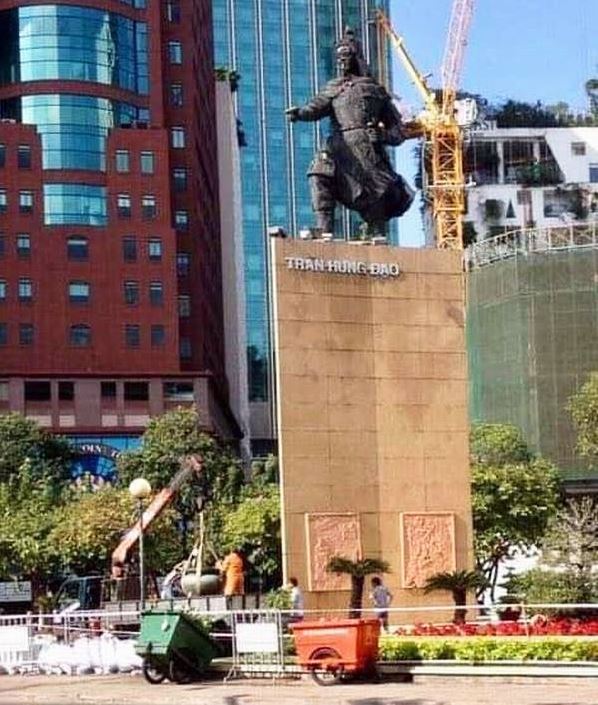
In Hanoi, anti-China protesters carry banners every year around Hoan Kiem Lake, Hanoi, to commemorate the bloody border war with China on Feb 17. However, such activities were suppressed by security forces and public opinion shappers sent by the Hanoi government.
This year, apart from lighting the incense, the members of Le Hieu Dang Club made comments on what the “official” Vietnam History book records of the war.
That, Vietnam and China border war is a bloody, persistent battle against Chinese aggression, but is downplayed in the “official” Vietnamese history books.
Bloody because “according to Western observers, about 100,000 Vietnamese, military and civilians died in two border wars caused by China.”
It persisted because “if the definition of an aggressive war is a country that sends troops to kill the enemy to capture territory, then the war for China to invade Vietnam is not over.”
“The Chinese army still massacred 64 Vietnamese army soldiers who built Gac Ma (South Johnson reef) on March 14, 1988, and China still occupies the island and many other rock islands of the Truong Sa (Spratlys) of Vietnam in the East Sea (South China Sea).”
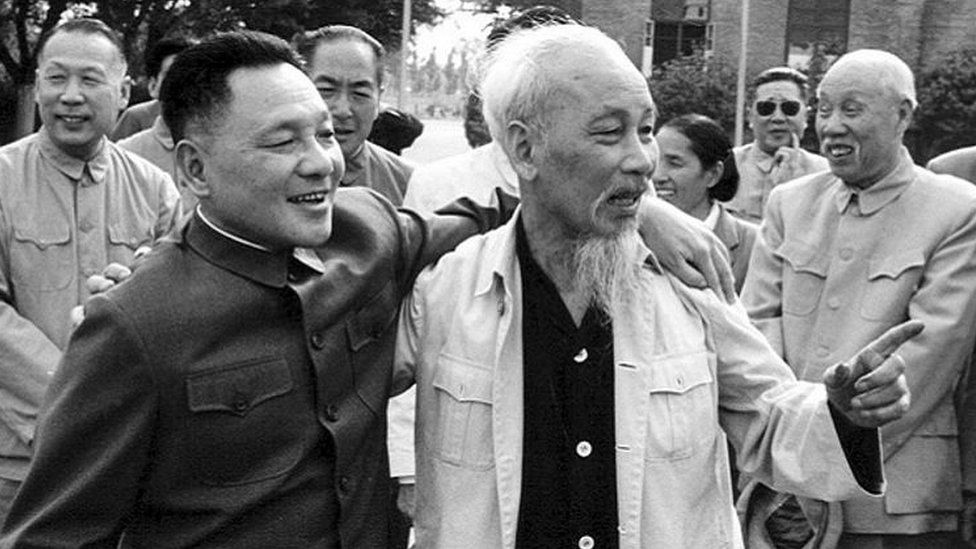
“On Jan 19, 1974, China invaded the Hoang Sa (Paracels) in the East Sea. In 1978, China supported Polpot to attack Vietnam’s Southwest region. On Feb 17, 1979, China sent troops to invade Vietnam’s six northernmost provinces. In 1988, Beijing invaded the Truong Sa and killed 64 Vietnamese soldiers stationing there. China still holds the Hoang Sa and partly the Truong Sa, building many military bases there. China’s hard power war is not over.”
‘
Meanwhile, also according to the judgment of Le Hieu Dang Club, the “Vietnam History” series of History Institute, Vietnam Academy of Social Sciences has compiled with 15 volumes, with 10,000 pages, but has only about 11 lines to write about China’s invasion of the country’s northernmost region in 1979.
Specifically, page 355, volume 14, the book “Vietnamese History” (Social Science Publishing House) writes:
“At 5 am on February 17, 1979, 60,000 Chinese troops simultaneously crossed the border and stretched for 1,400km into Vietnam’s six provinces named Quang Ninh, Lang Son, Cao Bang, Ha Tuyen (Ha Giang and Tuyen Quang), Hoang Lien Son (Lao Cai, Yen Bai), and Lai Chau, mobilized 9 main legions, 2,559 cannons, 550 tanks and armored vehicles to penetrate into the lands of Lang Son, Lao Cai (30Km), Lai Chau ( 15km), Cao Bang (50km).”
The book also wrote that: “‘The Vietnamese army and people bravely fought to defend the Fatherland, eliminating from the battle of 62,500 Chinese soldiers, destroying and severely damaging 3 regiments, 18 battalions, shooting and destroying. destroyed 550 military vehicles, including 280 tanks, destroyed 115 cannons and mortars, collecting many weapons, and arresting many invaders.”
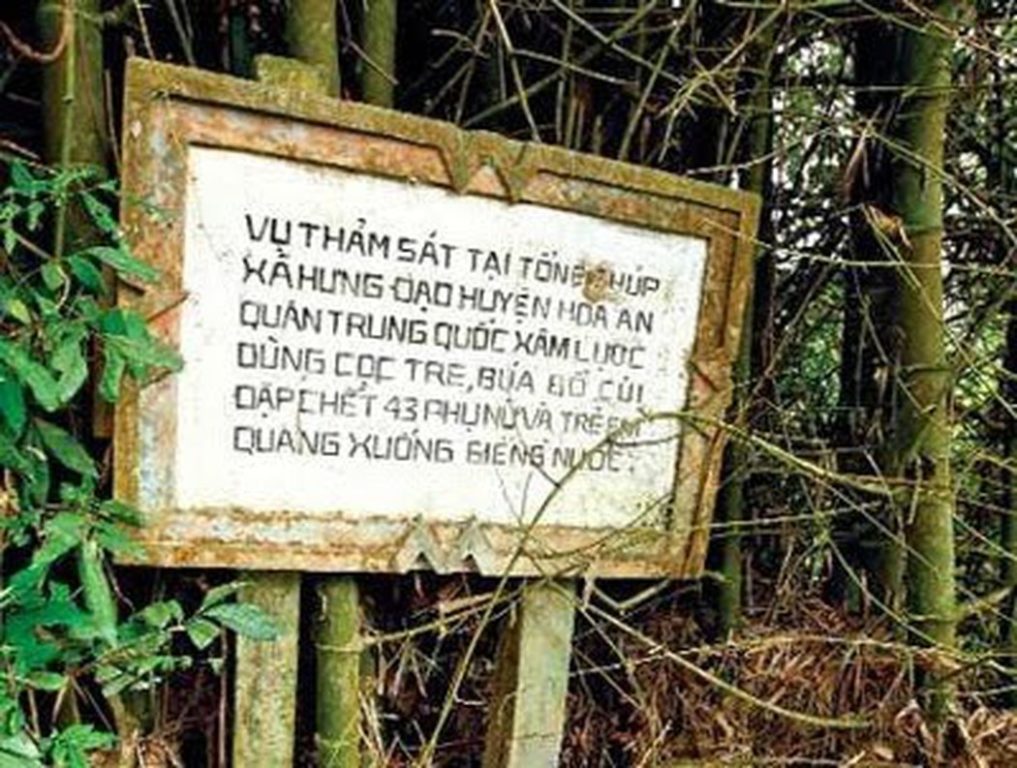
China’s invasion of the northernmost region has been over for 40 years, but Cao Bang people still remember clearly in their minds the horrors and grief when recalling the massacre of Tong Chup: 43 people were murdered and dumped their bodies in the well of Tong Chup, in Hưng Đạo commune, Hòa An district, the Chinese invaders used bamboo poles and wood hammer to kill 43 women and children and threw their corps into a well. The victims were from Duc Chinh pig farm who were unable to escape when Chinese invaders came.
For many people in the Tong Chup who remember the event, the horrific sight of finding bodies in the old well, the victims were blindfolded, their hands were tied behind their backs, their heads were dented due to cruel attacks. Some were stabbed by dozens of sharp bayonets into their bodies. At the time of collection, a whole bamboo stick was covered with blood and bent. The Chinese army beat each person to death with this stick. Perhaps, they have chosen the most brutal executions.
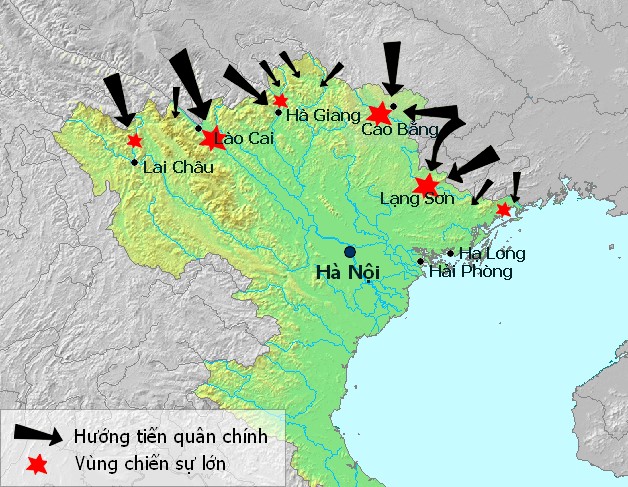
The land was surrounded by wild trees and bamboo bushes. An old concrete plaque records the event: “The massacre in Tong Chup, Hung Dao commune, Hoa An district, Chinese army invaded with bamboo poles, wood hammer to kill 43 women and children and threw their bodies into a well.” Traces of the offshore well still remain, about 3m in diameter, the bottom of the well has been buried so much rock that there is no water.
Mr. Dam The Chinh – Secretary of the 1 st branch of Ngoc Quyen said that at the time of the war, his house was only about 20m from this area. He himself was a soldier and stationed in Son Tay. Upon hearing the news of the return, the enemy troops withdrew, their houses completely burned, 43 women and children were brutally murdered, then thrown into the well. He himself was deeply shocked to learn that the Chinese had taken his family’s wooden hammer to kill and kill innocent women and children.
Tong Chup was occupied by Chinese troops from Feb 19 to March 20, 1979.
The buildings, schools and other infrastructures were almost destroyed, burned and dilapidated. At that time, Cao Bang town only had few houses. Those who couldn’t escape, were arrested and plunged into tragic circumstances, especially women, some were rapped before being killed.
It only took 40 days to clean up and bury human and animals. It took many years for the terrible feeling of the stench of death to decompose to pass away.
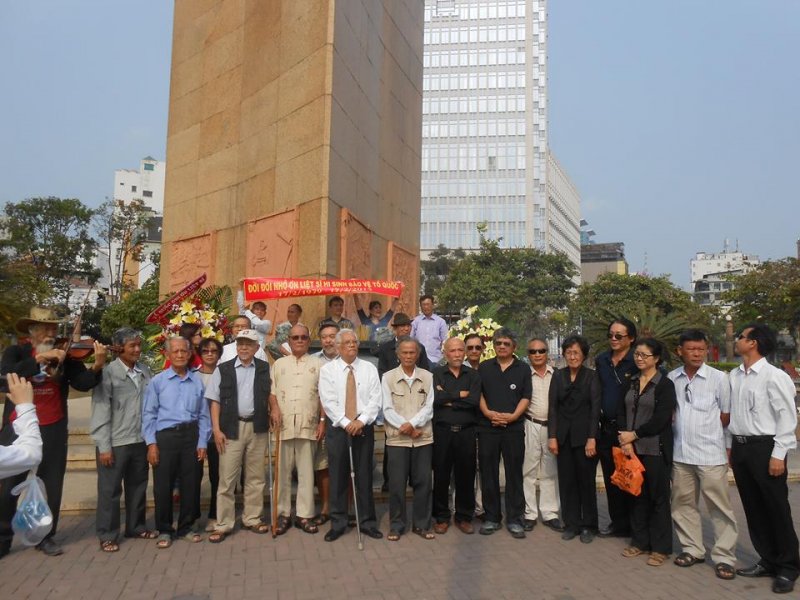
The Le Hieu Dang Club asked: “Is the History Institute of the Vietnam Academy of Social Sciences also” paralyzed and fallen “before the invasion with the” soft power “of the North Communists?”
Lawyer Tran Quoc Thua, said that, in the past, instead of calling the war mentioned above an invasion war of China, as the online community has long pointed out, then state-run media has only softened by calling it the border war. But two years ago, after comments on social networks, this war was called the aggression war and was included in official textbooks and history books, which is also a fact to be noted.
However, he said that the Vietnam – China war should be placed on par with the wars against the US and the French. Specifically, the state should organize commemorative activities in even years (5 years or 10 years) as with the other two wars, not just allowed the state-controlled media to mention.
Writer Pham Viet Dao said: “Looking back at the issues of the war with China, the great historians don’t know anything. Just now, when I wrote ‘Vi Xuyen stories,’ I searched documents, all the authorities don’t know anything about this war.”
“China has never given up its intention to invade Vietnam for thousands of years. It is becoming more and more aggressive, especially with the issue of the East Sea,” Mr. Thuan said.
On the 41st anniversary of the Vietnam-China border war in the midst of the outbreak of Wuhan corona virus, Mr. Thuan called China’s invasive thought as a ‘invading virus’ and said that vigilance was still and the lesson is never old.
Vietnam recently signed a trade agreement with many partners, according to Mr. Thuan, the road to escape from China’s influence is gradually brightening. However, economic dependence, especially the output of agricultural products on China, remains. And this affects the lives of tens of millions of farmers.
Regarding the risk of economic collapse from the Covid-19 pandemic, Journalist Nguyen Nhu Phong said:
“If this epidemic lasts for two more months, the global economy will fall into a period of great recession, and Vietnam will be the first victim and the risk of economic collapse is large because Vietnam’s economy depends too much on input and output materials with China … An economy which cannot make the needle thread; even imported from chopsticks, from bamboo sticks; could not make the screw to the soul, living like “mistletoe.”
Vietnam’s xport is the same. Only a few thousand tons of dragon fruit, watermelons were stagnant but there are too many calls for ‘Rescue’!”
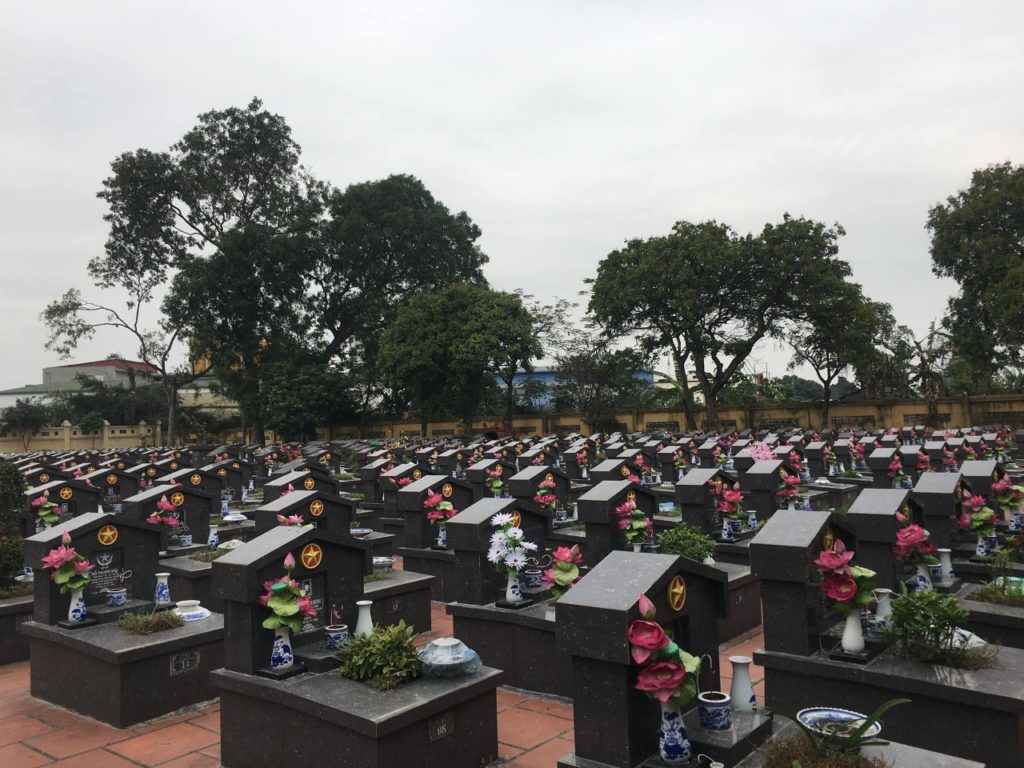
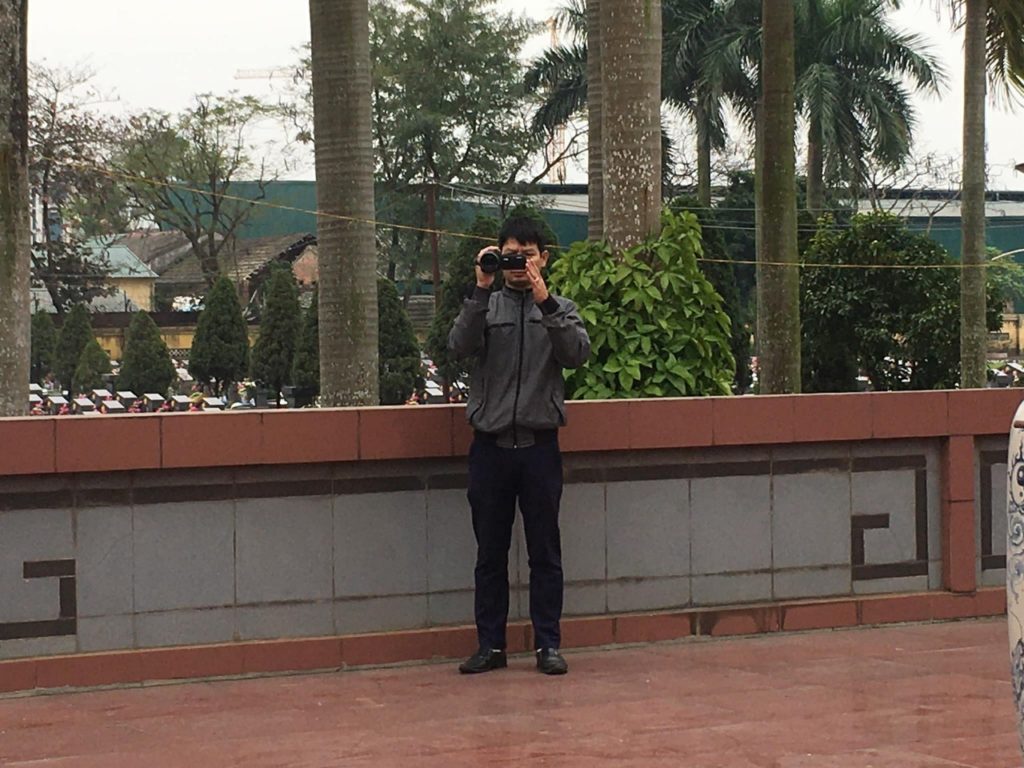
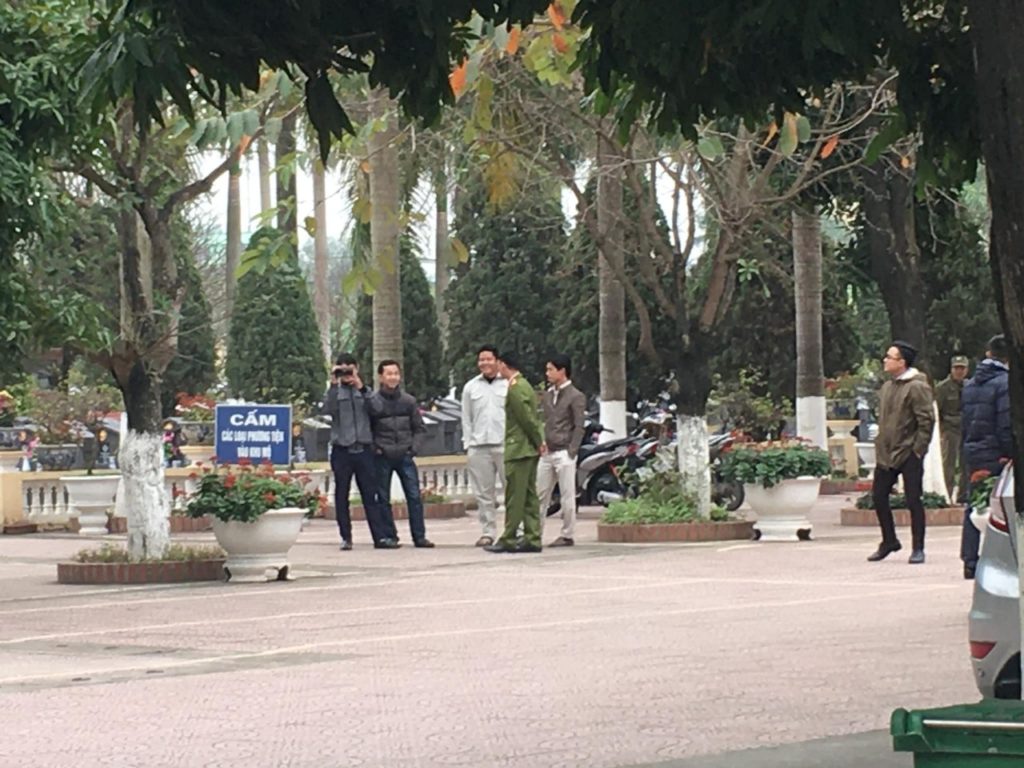
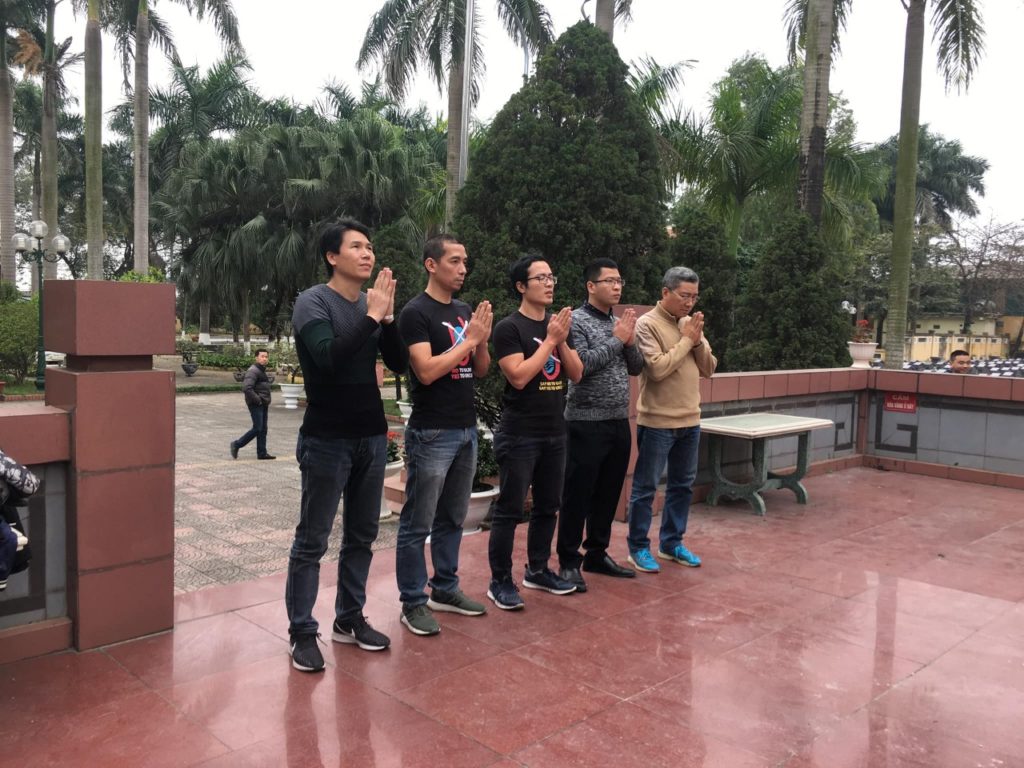
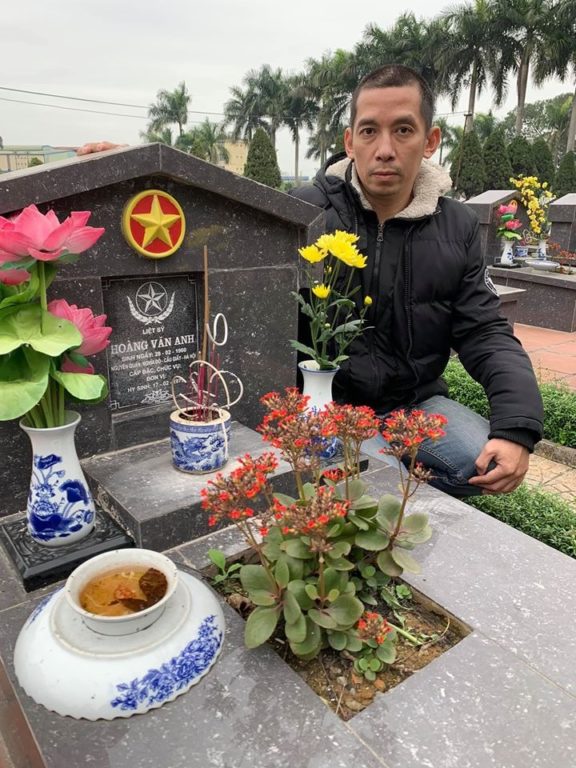
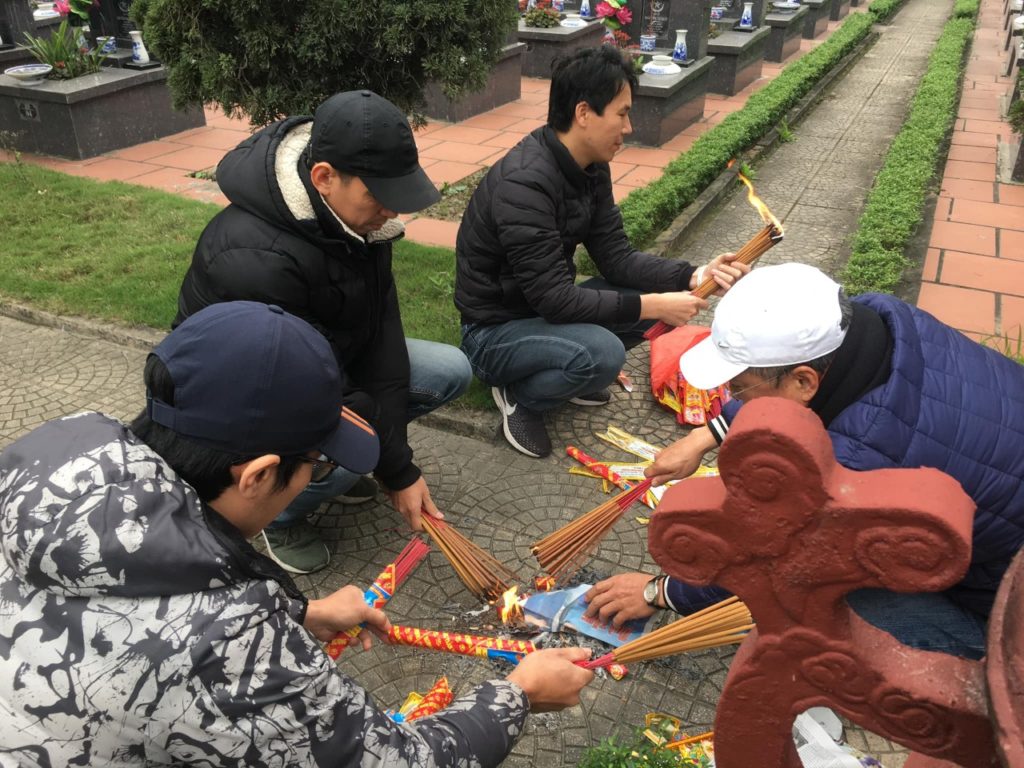
Thu Thuy from Hochiminh city – Thoibao.de (Translated)




